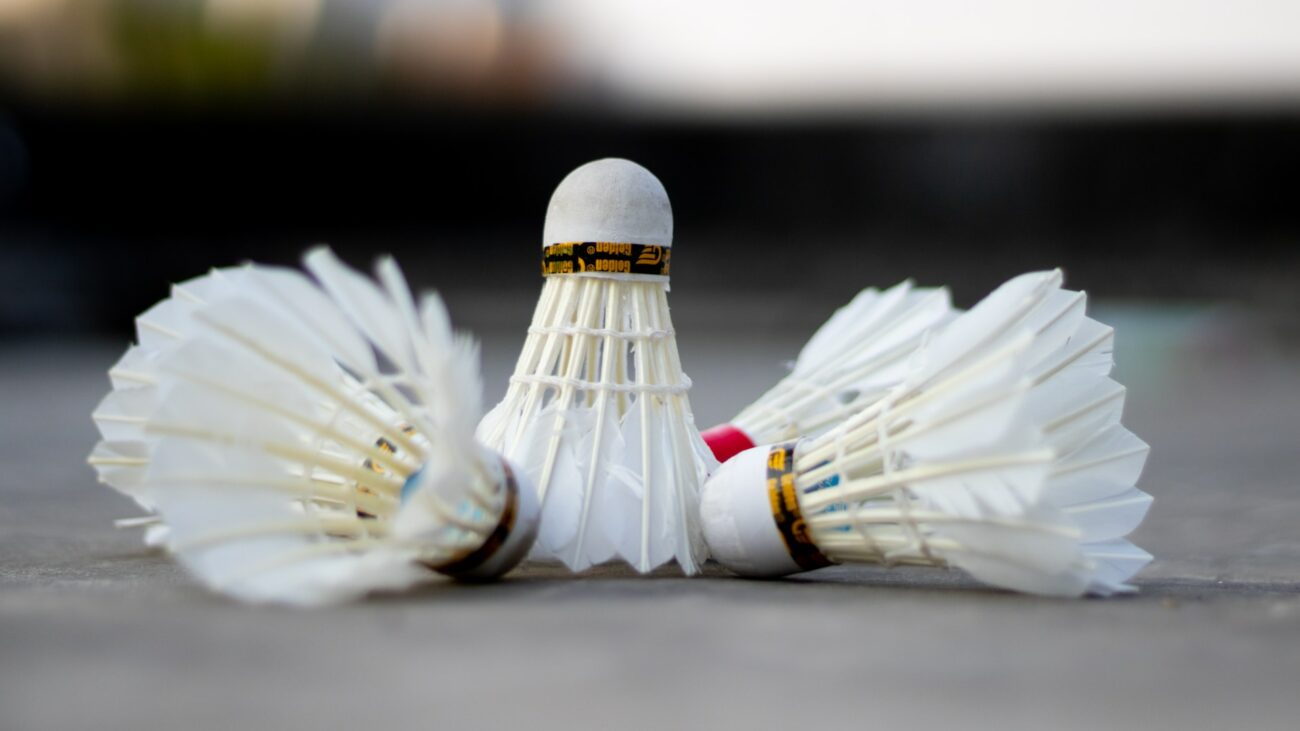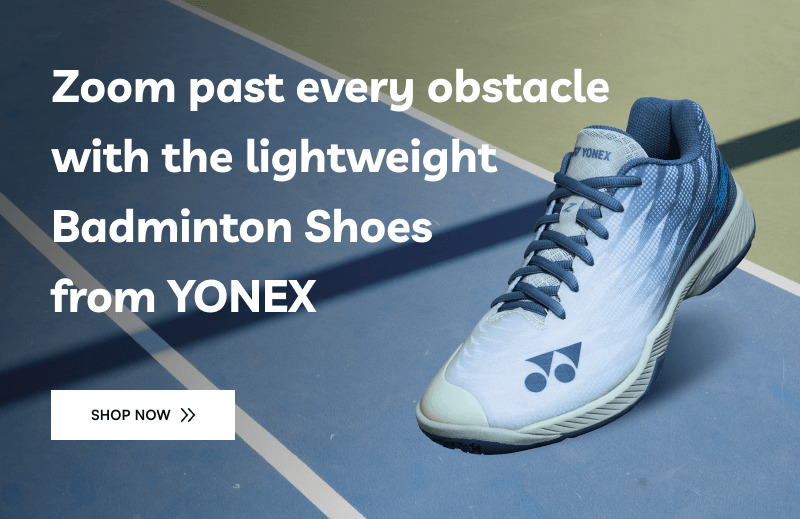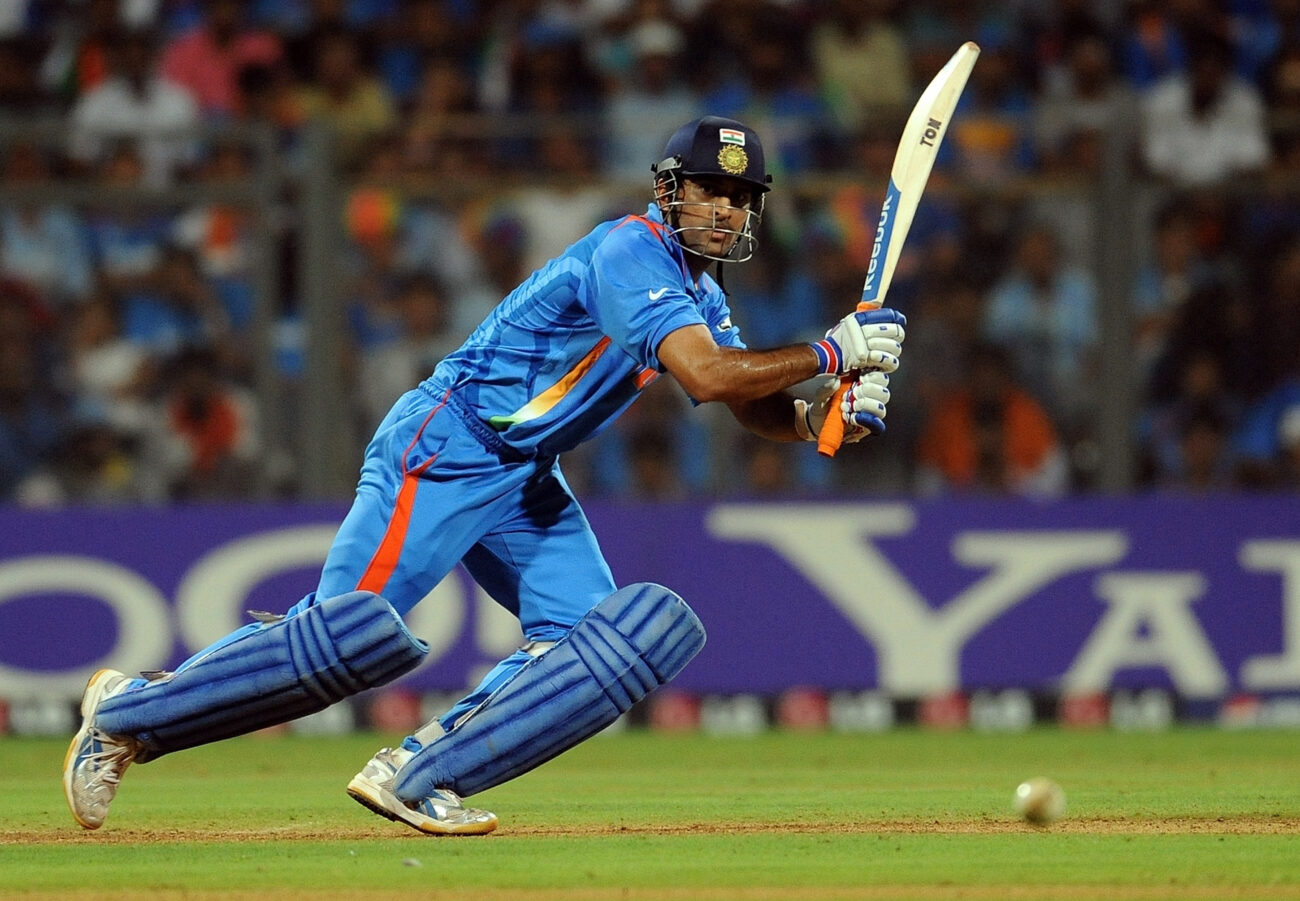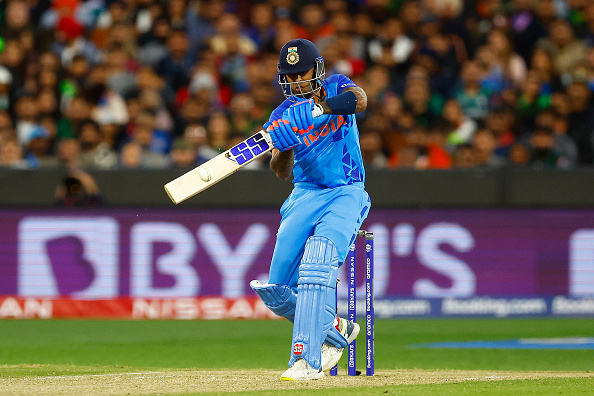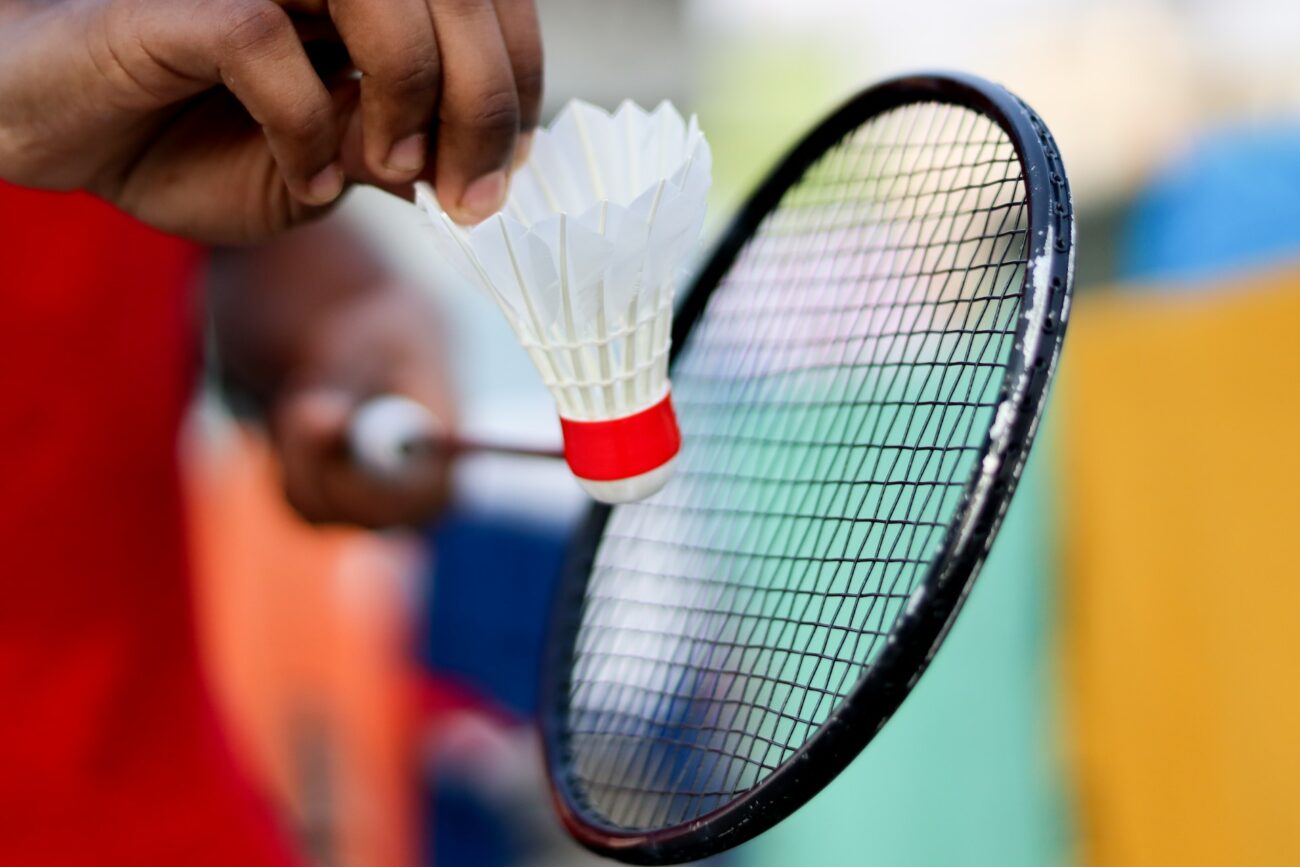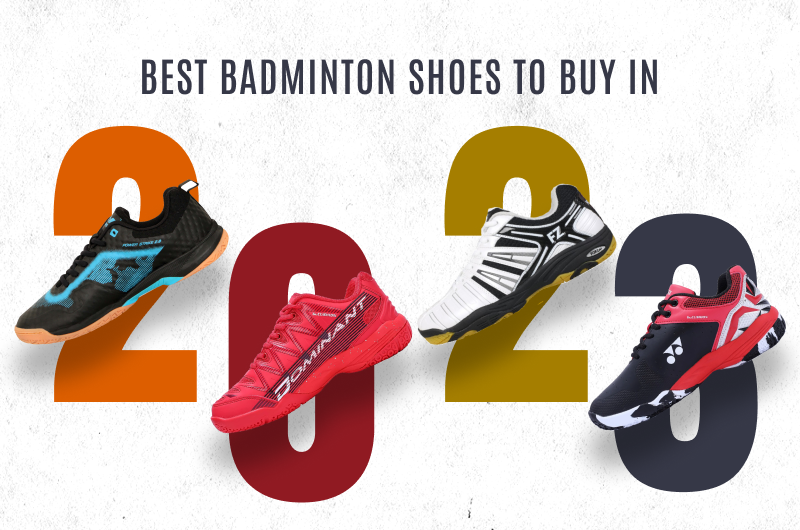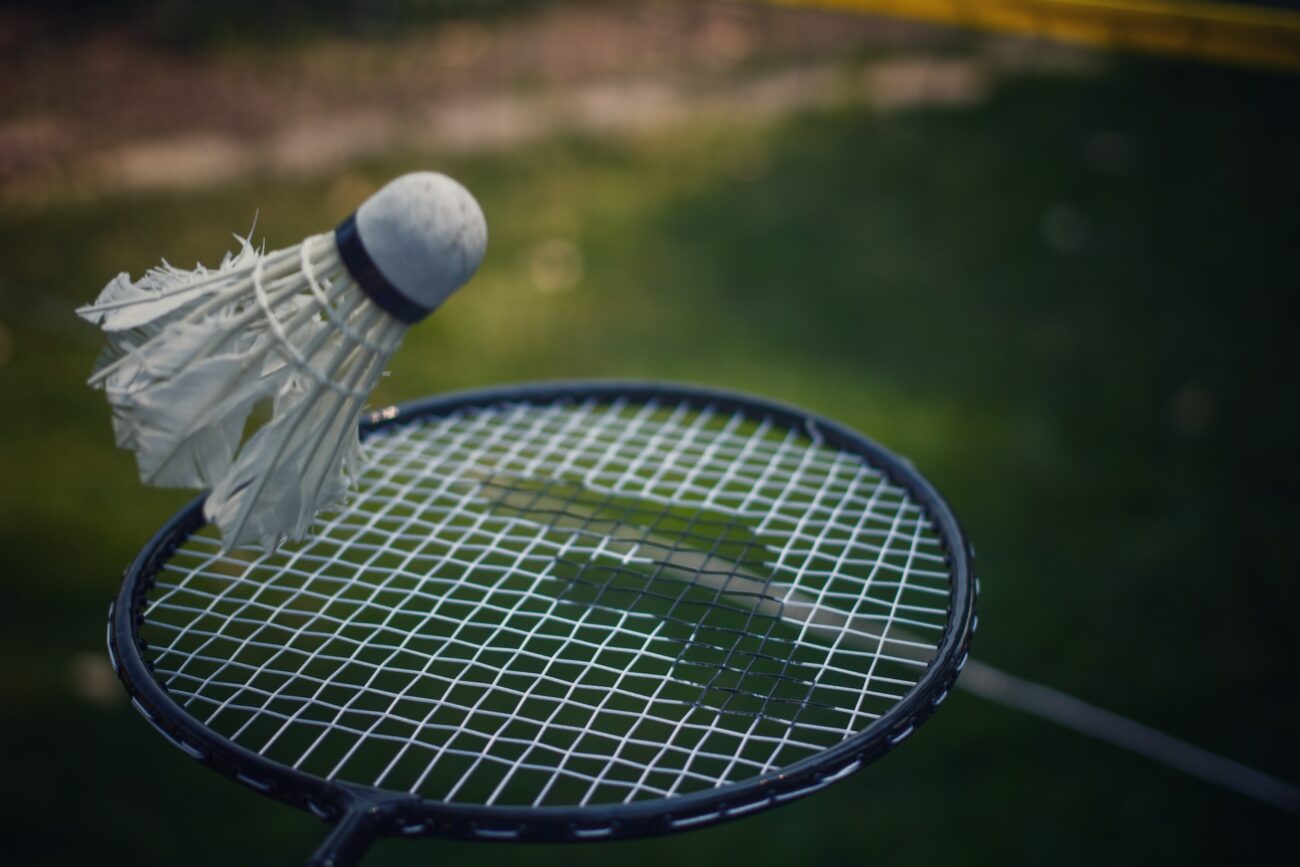Badminton has become an immensely popular sport worldwide, and its inclusion as an Olympic sport is a testament to its appeal. With numerous badminton courts being constructed globally, it is clear that the sport is here to stay. Agility, speed, and accuracy are essential skills for any badminton player, but the type of shuttlecock used can also significantly impact one’s performance. Feather shuttlecocks and nylon shuttlecocks are the two main types of shuttlecocks used in badminton. In this article, we will explore the differences between these two types of shuttlecocks and assist you in deciding which one is best suited for your needs.
Feather Shuttlecock or Nylon Shuttlecock: Which one to choose?
Feather Shuttlecocks
Feather shuttlecocks are the most common type of shuttlecocks used in professional badminton tournaments. They are highly regarded for their superior flight performance, speed, and accuracy compared to synthetic shuttlecocks.
The feathers used in making feather shuttlecocks are typically from the left wing of a goose or duck. These feathers are carefully selected based on their quality, size, and shape. The best quality feathers are those that are plucked from the bird’s left wing because they are more symmetrical in shape and have a better balance of stiffness and flexibility.
The feathers are then separated by size and weight after being treated to remove any extra moisture or fat. The shuttlecock’s distinctive cone shape is made by adhering the feathers to the cork base in a precise arrangement. A thin layer of leather covering the base serves as both a shield for the feathers and a smooth surface for the shuttlecock to glide over.
Feather shuttlecocks are renowned for their quickness, precision, and capacity to spin naturally when struck. The shuttlecock’s cone form, which changes air pressure as it passes through the air, is what causes this spin. As a natural curve results, the opponent finds predicting the shuttlecock’s course challenging.
Because of their extreme sensitivity to variations in humidity and temperature, feather shuttlecocks‘ ability to fly may be impacted. They are also more brittle than synthetic shuttlecocks and are susceptible to breaking when they make contact with the ground or the racket. They must therefore be handled and stored carefully to preserve their quality and functionality.
Pros of Feather Shuttlecocks
1) Superior flight performance: Feather shuttlecocks give a more natural flying trajectory, higher speed, and greater accuracy as compared to nylon shuttlecocks. Moreover, they naturally spin when hit, which makes it more difficult for the adversary to return the shuttlecock.
2) Better for professional play: Feather shuttlecocks are the preferred shuttlecock of professional badminton players and events. This is because they offer a better playing experience and create a greater challenge, which raises the game’s intensity and level of competition.
3) Natural feel: Several players enjoy the natural feel of feather shuttlecocks because of this. Compared to synthetic shuttlecocks, they provide a more responsive and enjoyable experience.
4) Better for outdoor play: Feather shuttlecocks are superior to Nylon shuttlecocks for outdoor play because they are more stable in windy circumstances and offer better control.
5) More eco-friendly: Feather shuttlecocks are made from natural materials, which makes them more eco-friendly compared to synthetic shuttlecocks, which are made from plastic or nylon.
Cons of Feather Shuttlecocks
1) Fragility: Compared to nylon shuttlecocks, feather shuttlecocks are more brittle and are more likely to break when they hit the ground or the racket. As a result, they may end up costing more over time to use because they need to be changed more frequently.
2) Sensitive to temperature and humidity: Feather shuttlecocks are highly sensitive to changes in temperature and humidity, which can affect their flight performance. They require careful storage and handling to maintain their quality and performance.
3) Higher cost: Feather shuttlecocks are more expensive than nylon shuttlecocks, making them less accessible for casual or recreational players.
4) Not suitable for outdoor play: Feather shuttlecocks are not suitable for outdoor play, especially in windy conditions. They are more affected by air resistance than nylon shuttlecocks and can be difficult to control outdoors.
5) Variability in quality: Feather shuttlecocks are made from natural materials, which can result in variability in quality between different shuttlecocks. This can make it challenging to find shuttlecocks that offer consistent flight performance and can lead to inconsistency during play.
Overall, feather shuttlecocks offer a superior playing experience but require more careful handling and maintenance than nylon shuttlecocks. They are more suitable for indoor play and better suited for professional or competitive players willing to invest in higher-quality shuttlecocks.
Nylon Shuttlecocks
Nylon shuttlecocks were introduced as an alternative to traditional feather shuttlecocks, which are made with goose or duck feathers. They are more durable and cost-effective than feather shuttlecocks, making them popular for recreational and training purposes.
Nylon shuttlecocks consist of a plastic base that is often made of two half-shells that are glued together. The base is usually made of high-density foam that provides the necessary weight and stability for flight. The nylon skirt, which simulates the flight characteristics of feathers, is made of synthetic materials such as nylon or polyester.
Nylon shuttlecocks have a slower speed and shorter flight distance than feather shuttlecocks. This makes them ideal for beginners and those who are still developing their badminton skills. Nylon shuttlecocks are also more resistant to temperature and humidity changes, making them suitable for use in a variety of environments.
However, nylon shuttlecocks do have some drawbacks. They tend to be less consistent in terms of flight characteristics compared to feather shuttlecocks, and they can also be affected by wind and air resistance. Additionally, nylon shuttlecocks are not as popular in professional and competitive settings, where feather shuttlecocks are still the preferred choice.
Pros of Nylon Shuttlecocks
1) Durability: Nylon shuttlecocks are more durable than feather shuttlecocks and can last longer. They are less prone to breakage and can withstand higher impact without getting damaged.
2) Cost-effective: Nylon shuttlecocks are more affordable compared to feather shuttlecocks, making them a popular choice for recreational players or beginners who do not want to invest in expensive shuttlecocks.
3) Consistent flight: Nylon shuttlecocks offer consistent flight performance, regardless of changes in temperature or humidity. They are less sensitive to environmental factors, which can affect the flight performance of feather shuttlecocks.
4) Low maintenance: Nylon shuttlecocks are easy to maintain and do not require any special storage conditions like feather shuttlecocks. They can be used straight out of the tube and do not need to be prepped or conditioned before use.
5) Suitable for indoor play: Nylon shuttlecocks are better suited for indoor play as they are less affected by air resistance compared to feather shuttlecocks. They are also more suitable for beginners or players who are still developing their skills, as they offer a slower and more predictable flight.
Overall, nylon shuttlecocks offer a more cost-effective and low-maintenance option for recreational or beginner players, and they are better suited for indoor play or for players who prefer a more predictable flight performance.
Cons of Nylon Shuttlecocks
1) Durability: While nylon shuttlecocks are more durable than feather shuttlecocks, they still have a limited lifespan. After a certain amount of use, the nylon skirt can become frayed, and the shuttlecock may not fly as true as it did when it was new. This can result in a less enjoyable playing experience and may require more frequent replacements.
2) Flight Characteristics: Nylon shuttlecocks have different flight characteristics than feather shuttlecocks. They tend to have a flatter trajectory and a slower speed, which can make them easier to control for beginners but may not provide the same challenge for advanced players who prefer the speed and unpredictability of feather shuttlecocks.
3) Sound: Many players prefer the sound of a feather shuttlecock being hit as it creates a distinct “pop” sound. Nylon shuttlecocks, on the other hand, create a softer and less distinctive sound, which some players may find less satisfying.
4) Sensation: While nylon shuttlecocks are more consistent in their flight, they lack the tactile sensation of feather shuttlecocks. Feather shuttlecocks have a distinct feel when hit, which can be difficult to replicate with nylon shuttlecocks. Some players may find that the lack of sensation affects their ability to judge the shuttlecock’s flight and make precise shots.
5) Cost: Nylon shuttlecocks are generally less expensive than feather shuttlecocks, but the cost can still increase over time, especially for players who play frequently. While they may be more durable, they need to be replaced periodically, and the cost can quickly increase.
Overall, while nylon shuttlecocks offer many benefits, including increased durability and consistency, they may not provide the same playing experience as feather shuttlecocks. Ultimately, the choice between feather and nylon shuttlecocks comes down to personal preference, playing style, and budget. Players should consider their individual needs and preferences when deciding which type of shuttlecock to use.
What do you think? Which shuttlecock is better? Feather one or nylon one? Comment down your replies.

